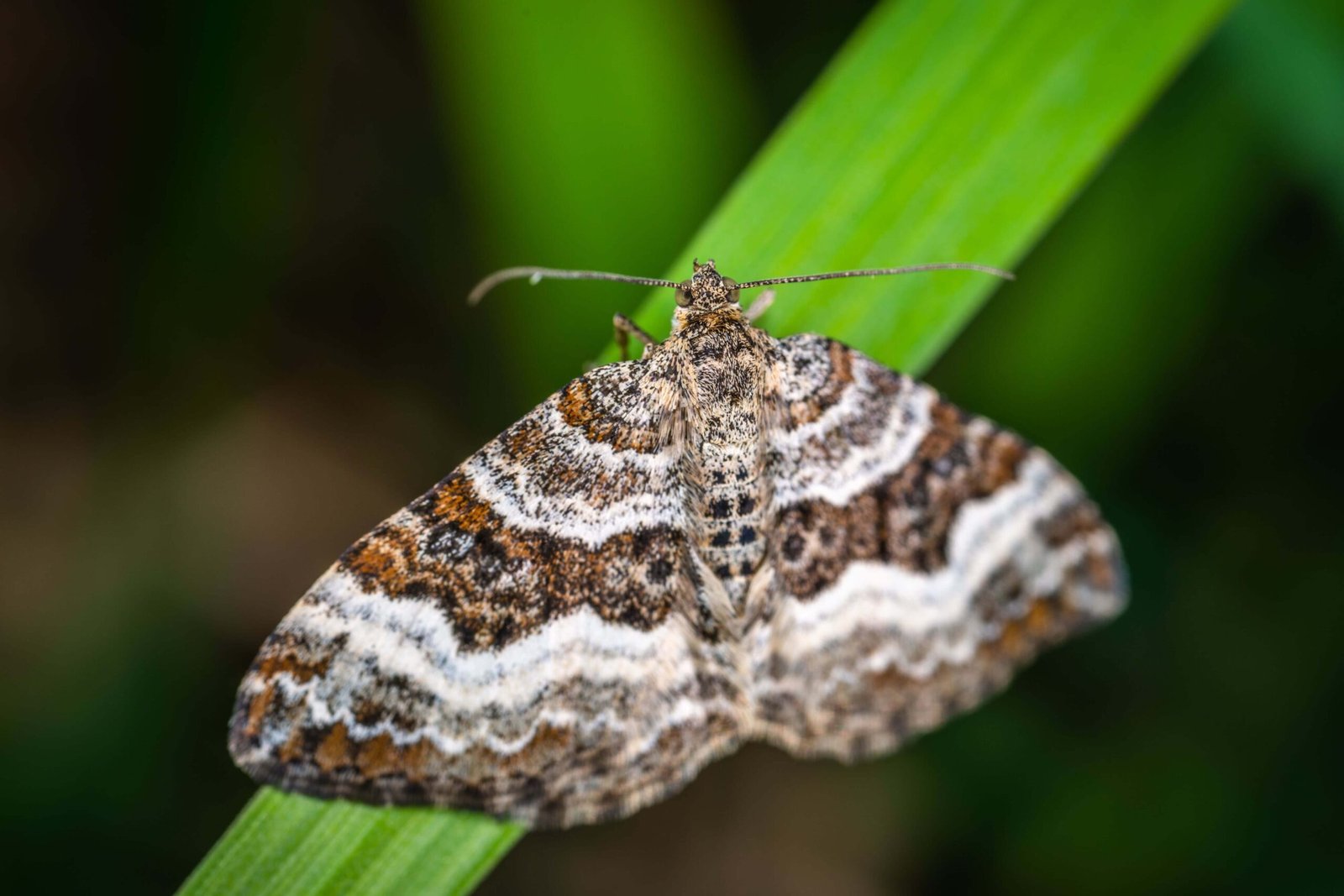
Understanding Carpet Moths: A Comprehensive Guide
Introduction
Carpet moths are often overlooked pests, but they can cause significant damage to carpets, rugs, and upholstery in homes and businesses. These small, elusive insects thrive in warm, dark environments and can quickly infest an area if not addressed promptly. This article will explore the life cycle, behavior, identification, prevention, and control of carpet moths, ensuring you’re well-informed on how to protect your home or business from these destructive pests.
What Are Carpet Moths?
Carpet moths belong to the family Tineidae and are commonly classified into two main species:
- Common Carpet Moth (Tineola bisselliella): This species is the most prevalent and is often responsible for fabric damage in homes.
- Case-Bearing Carpet Moth (Tinea pellionella): This species is slightly larger and has a more distinctive appearance, with a case that it carries around as it develops.
Physical Characteristics
- Size: Adult carpet moths typically range from 1/2 to 3/4 inch in length.
- Color: They are usually golden-brown or grayish with mottled patterns that help them blend into their surroundings.
- Wings: Their wings are long and narrow, making them adept fliers, although they prefer to stay hidden.
Life Cycle of Carpet Moths
Carpet moths undergo a complete metamorphosis with four stages: egg, larva, pupa, and adult.
- Eggs: Female carpet moths lay eggs in hidden areas, often in dark, undisturbed locations such as under furniture or within carpet fibers. A single female can lay up to 200 eggs.
- Larvae: Once the eggs hatch, the larvae emerge and begin feeding on organic materials, primarily keratin found in wool, fur, and feathers. This stage can last anywhere from a few weeks to several months, depending on environmental conditions.
- Pupae: After fully developing, the larvae spin a cocoon and enter the pupal stage, where they undergo metamorphosis.
- Adults: Once they emerge as adults, their primary goal is to reproduce. Adult carpet moths do not feed and typically live for several weeks.
Signs of Infestation
Identifying a carpet moth infestation early is crucial for effective control. Look for the following signs:
- Damage to Fabrics: Small holes or irregular patches in carpets, rugs, and upholstered furniture.
- Larvae: The presence of small, caterpillar-like larvae, often found near the source of damage.
- Cocoons: Tiny, silky cocoons or casings in hidden areas.
- Adult Moths: Sightings of adult moths, especially in dimly lit areas.
Prevention Tips
Preventing carpet moths from infesting your home or business requires vigilance and good housekeeping practices:
- Regular Cleaning: Vacuum carpets and upholstery regularly, paying special attention to corners, under furniture, and hidden areas. Dispose of the vacuum bag immediately.
- Proper Storage: Store woolen garments and textiles in airtight containers or bags, especially during off-seasons.
- Use Moth Repellents: Natural repellents like cedar chips or essential oils (e.g., lavender) can deter moths.
- Control Humidity: Carpet moths thrive in humid environments. Using a dehumidifier can help keep humidity levels in check.
- Inspect Secondhand Items: Thoroughly inspect and clean any secondhand textiles or furniture before bringing them into your home.
Control Measures
If you suspect an infestation, prompt action is essential:
- Professional Pest Control: Engaging a pest control professional can ensure thorough treatment and eradication of carpet moths.
- Chemical Treatments: Insecticides specifically designed for moths can be effective. Always follow the manufacturer’s instructions and safety precautions.
- Natural Remedies: Diatomaceous earth, a natural powder, can be sprinkled in infested areas to kill larvae without the use of chemicals.
- Freezing: For smaller items, placing them in a freezer for a few days can kill any moths or larvae present.
- Washing: Washing infested fabrics in hot water can help eliminate both adult moths and larvae.
Conclusion
Carpet moths may seem like minor nuisances, but their potential for destruction makes them a serious concern for homeowners and businesses. Understanding their life cycle, identifying signs of infestation, and implementing effective prevention and control strategies are essential for protecting your carpets and textiles. By taking proactive measures, you can enjoy a moth-free environment and safeguard your valuable possessions.
By maintaining cleanliness and being vigilant, you can ensure that your home or business remains free from carpet moths and their damaging effects. If an infestation occurs, don’t hesitate to seek professional help to effectively address the issue.